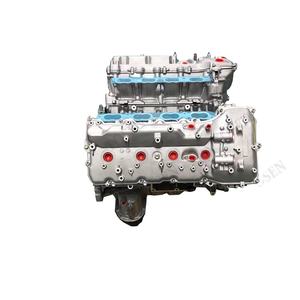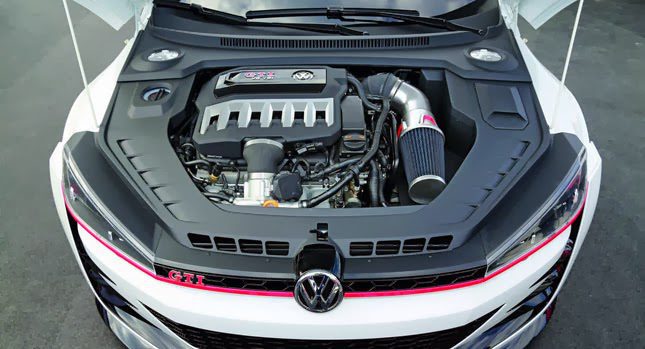Discovering the very best Deals on Opel Corsa Engine Parts
Checking Out the Inner Workings of a Compact Lorry's Engine System
As vehicle drivers, we commonly take for granted the detailed procedures that happen within the boundaries of our automobile's engine system. The small yet complex equipment that pushes us forward is a wonder of engineering accuracy and sychronisation. From the controlled surges in the combustion chamber to the meticulous timing of gas injection, every part plays a crucial duty in the smooth operation of the engine. In this expedition of a small car's engine system, we will unwind the inner functions of this mechanical symphony, dropping light on the mysteries that drive us onward on our daily trips.
Burning Process Introduction
The combustion process in a portable vehicle's engine system is a vital device that efficiently converts gas right into energy to power the automobile. This procedure takes place within the burning chamber of the engine, where fuel and air mix, fire up, and generate regulated explosions. The combustion process is composed of 4 main stages: intake, exhaust, power, and compression.
During the consumption phase, the piston moves downward, drawing in a combination of air and fuel into the combustion chamber. This descending activity generates the power needed to drive the automobile. This cyclic burning process is fundamental to the operation of a small lorry's engine system, ensuring effective energy conversion for propulsion.
Piston and Cyndrical Tube Communication

The piston's specific fit within the cylinder is vital for preserving ideal compression and protecting against power loss throughout burning. Limited clearances in between the piston and cyndrical tube wall surfaces ensure efficient securing, permitting the piston to relocate efficiently without permitting gases to leakage past. Correct lubrication is additionally essential to lower friction and put on in between these parts, boosting long life and efficiency.
Moreover, the style and materials used in manufacturing the piston and cylinder influence engine performance and durability. Modern engines often use light-weight yet long lasting materials like aluminum alloys for pistons and cyndrical tube linings to minimize inertia and improve thermal efficiency. Overall, the unified communication between the piston and cyndrical tube is basic to the engine's performance and overall efficiency.
Gas Injection System Capability
Gas injection systems in portable car engines play a crucial duty in exactly delivering gas to the combustion chamber for controlled and reliable ignition. The fuel shot system works by infusing fuel right into the combustion chamber at the optimal minute during the engine's procedure (opel corsa engine). This precise timing makes certain that the fuel blends uniformly with the air for correct combustion, bring about enhanced gas effectiveness and reduced discharges
There are primarily 2 kinds of gas shot systems utilized in portable car engines: port gas shot (PFI) and straight fuel shot (DFI) PFI systems inject fuel right into the intake port prior to the consumption valve, while DFI systems infuse gas directly right into the burning chamber. Both systems have their benefits, with DFI supplying much better gas atomization and PFI providing a much more cost-efficient service.
Recognizing Engine Cooling Systems
Reliable operation of a compact vehicle's engine counts greatly on the efficiency of its cooling image source mechanisms. The cooling system in a small vehicle normally consists of numerous components working together to manage the engine temperature. Recognizing these engine cooling mechanisms is essential for preserving the performance and long life of a compact automobile's engine system.

Exhaust System Parts Explained
The optimum functioning of a portable automobile's engine cooling mechanisms relies on a corresponding system understood as the exhaust system, which comprises numerous necessary elements for guaranteeing reliable discharges and engine performance. The exhaust system consists of elements such as the exhaust manifold, catalytic converter, muffler, and tailpipe. The exhaust manifold collects exhaust see it here gases from the engine's courses and cylinders them to the catalytic converter. The catalytic converter then transforms hazardous toxins in the exhaust into much less dangerous emissions prior to releasing them via the muffler and tailpipe.
One essential element of the exhaust system is the oxygen sensing unit, which keeps track of the oxygen degrees in the exhaust gases to help control gas consumption and make sure optimum engine performance. opel corsa engine. Furthermore, the resonator might be present in some exhaust systems to decrease sound degrees. Overall, the exhaust system plays a crucial duty in keeping engine efficiency, minimizing unsafe emissions, and guaranteeing a quieter driving experience for portable lorry owners

Verdict
To conclude, the small automobile's engine system is an intricate combination of elements that function with each other to facilitate the combustion process, transform gas right into energy, and expel waste gases. Recognizing the inner workings of the engine system, including the piston and cyndrical tube communication, gas shot system, see engine air conditioning mechanisms, and exhaust system components, is vital for keeping optimum efficiency and efficiency of the vehicle.
The combustion process in a small automobile's engine system is an essential mechanism that efficiently converts fuel into energy to power the vehicle.Fuel injection systems in compact vehicle engines play a critical function in specifically providing fuel to the burning chamber for controlled and effective ignition.There are largely 2 kinds of fuel shot systems used in compact vehicle engines: port gas shot (PFI) and straight fuel injection (DFI) Understanding these engine cooling devices is essential for keeping the efficiency and durability of a compact vehicle's engine system.
The optimal performance of a small car's engine cooling mechanisms depends on a corresponding system understood as the exhaust system, which makes up various essential parts for making certain reliable discharges and engine performance.